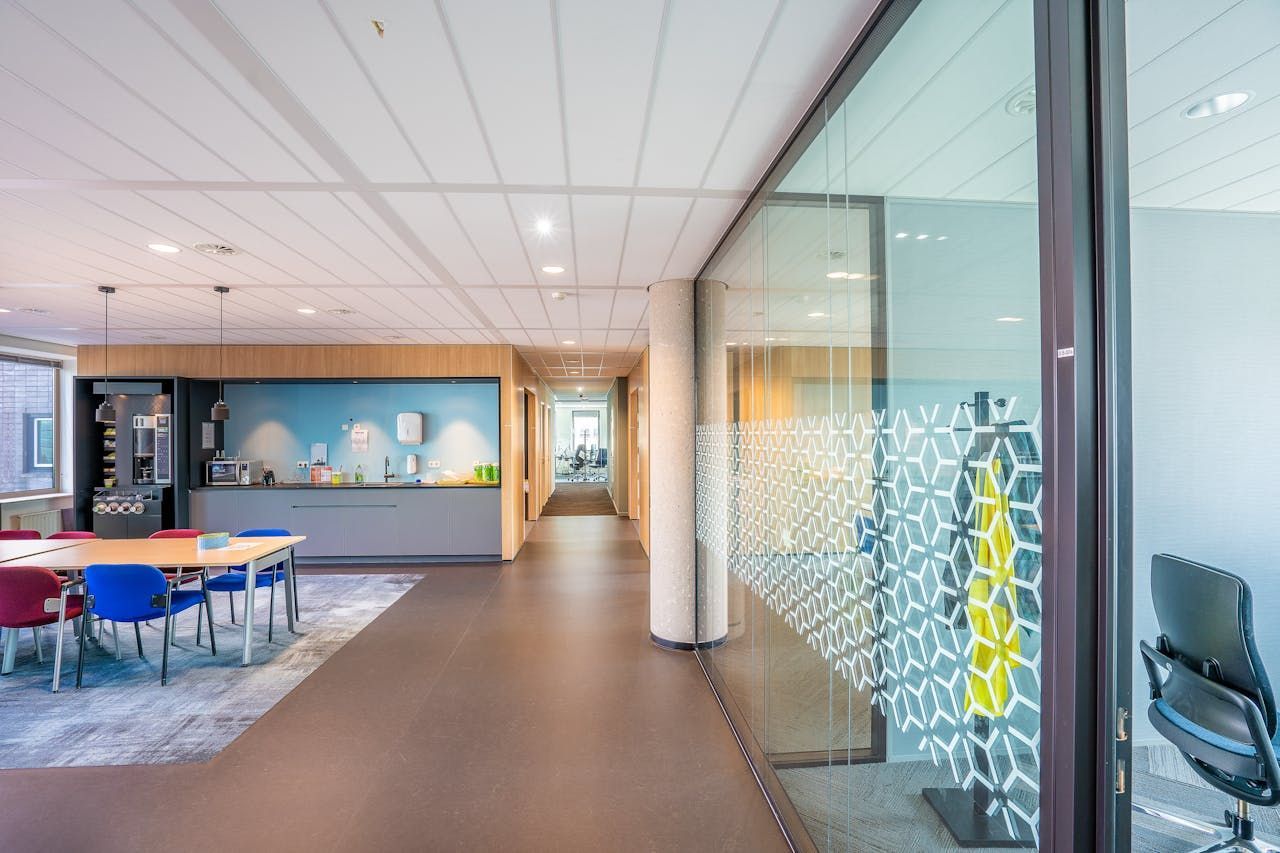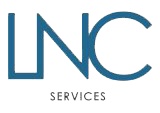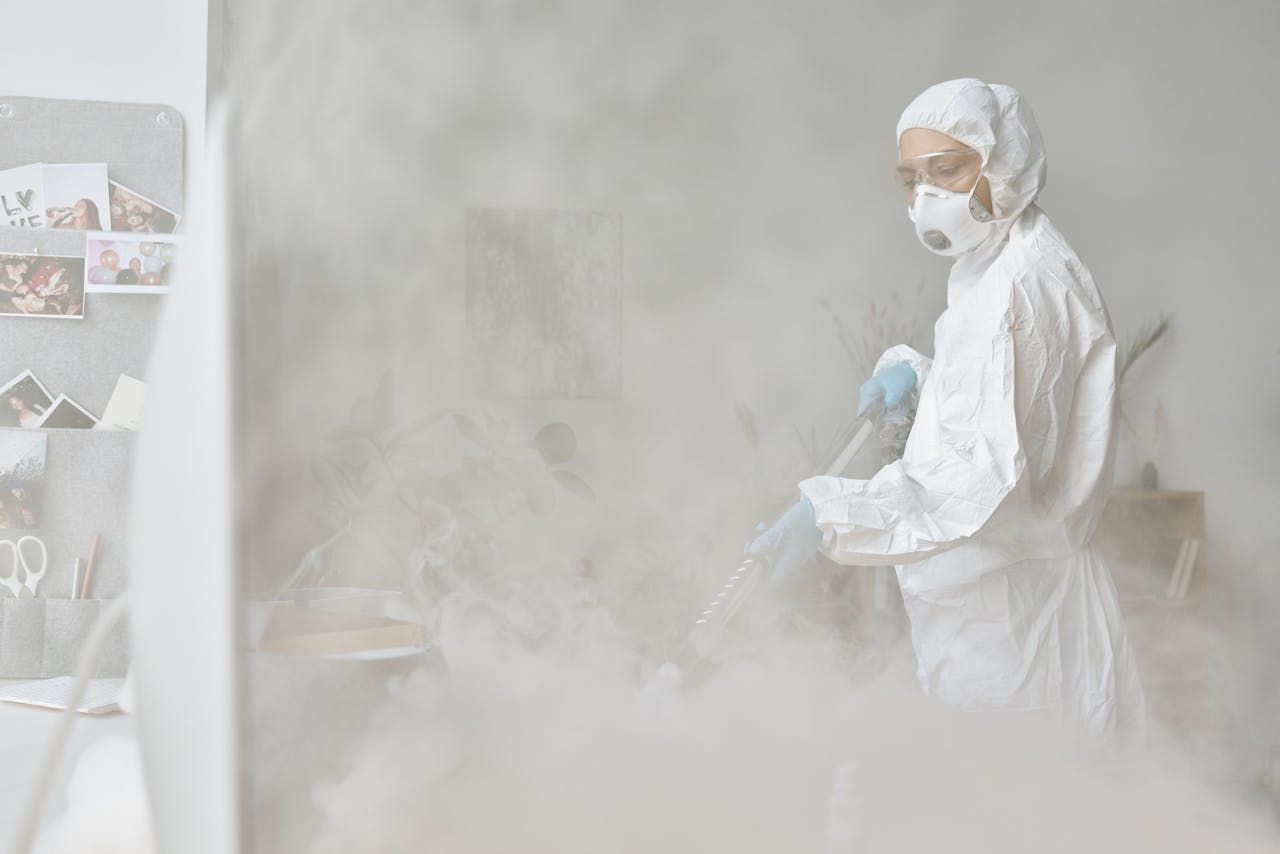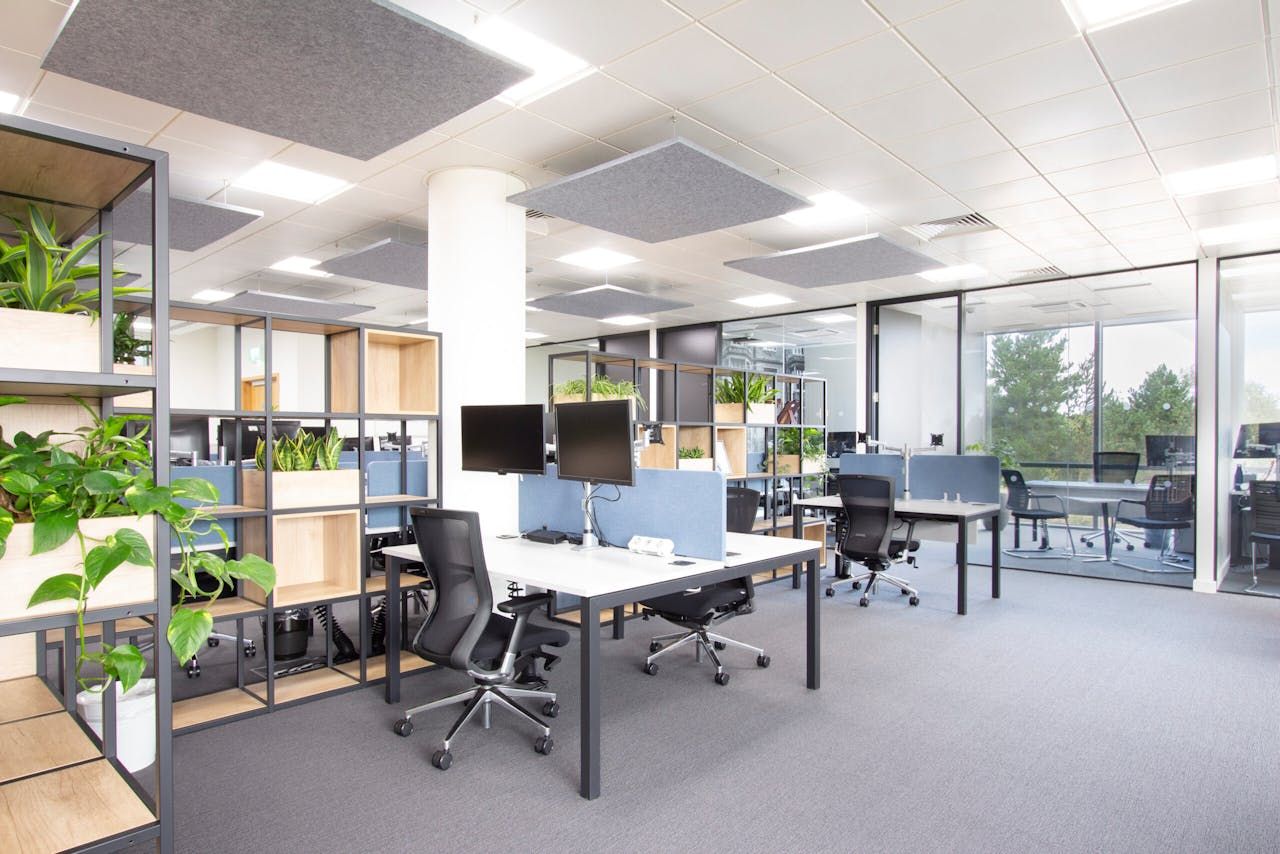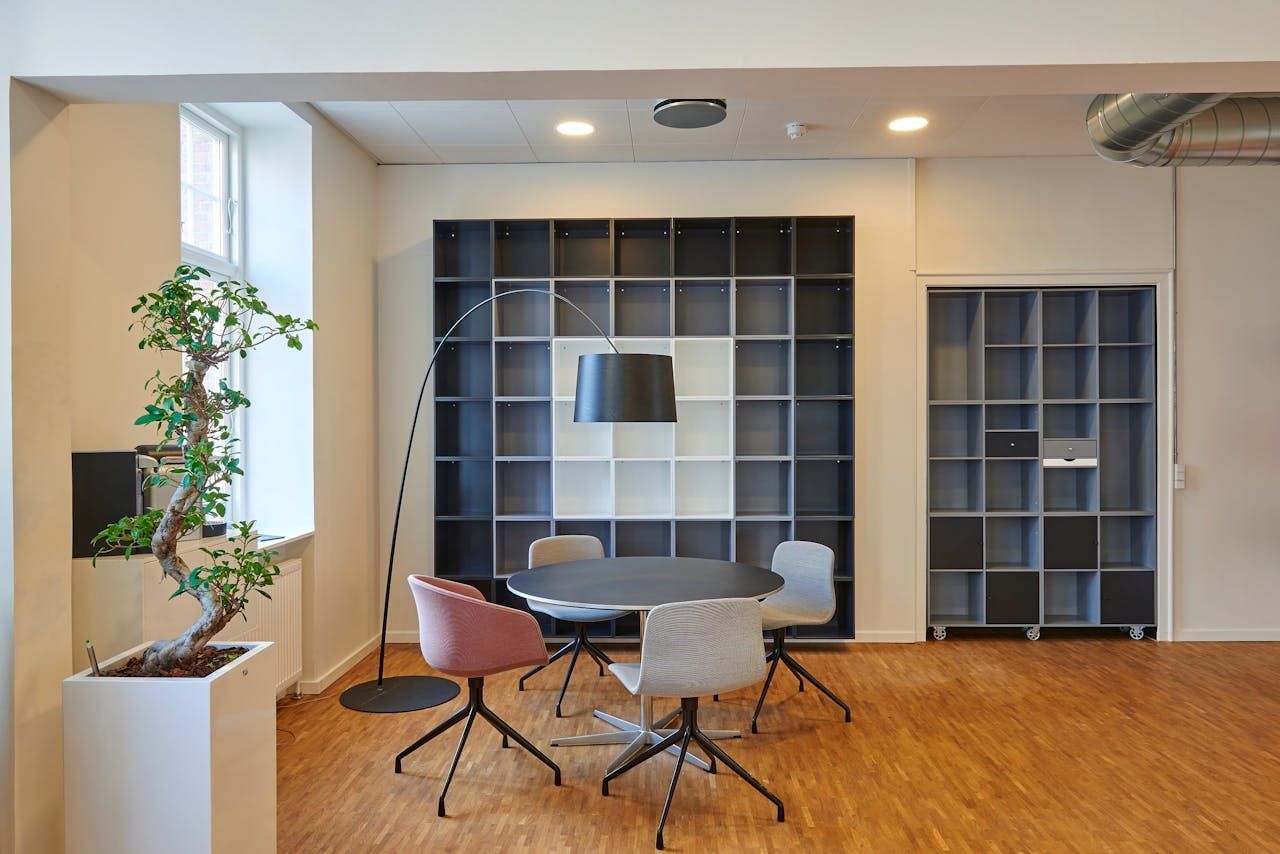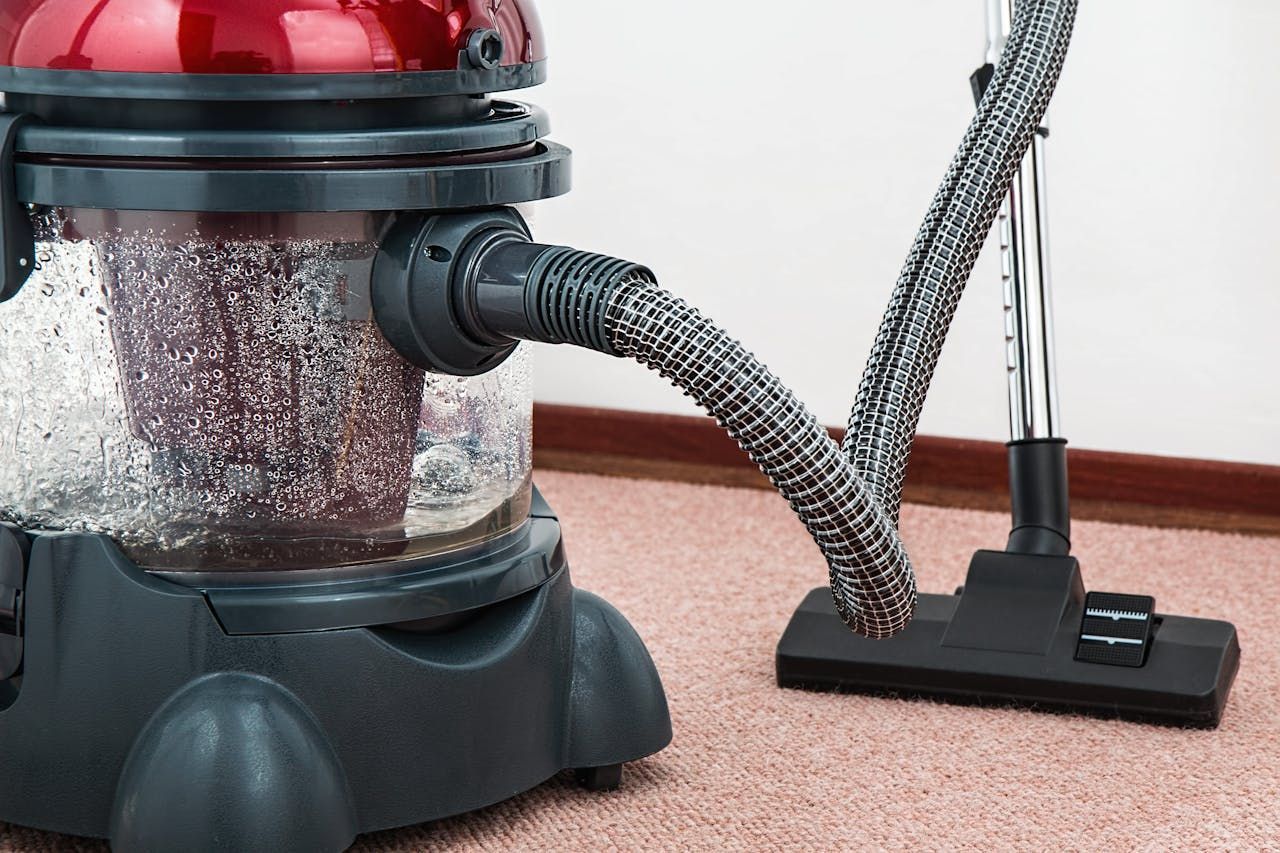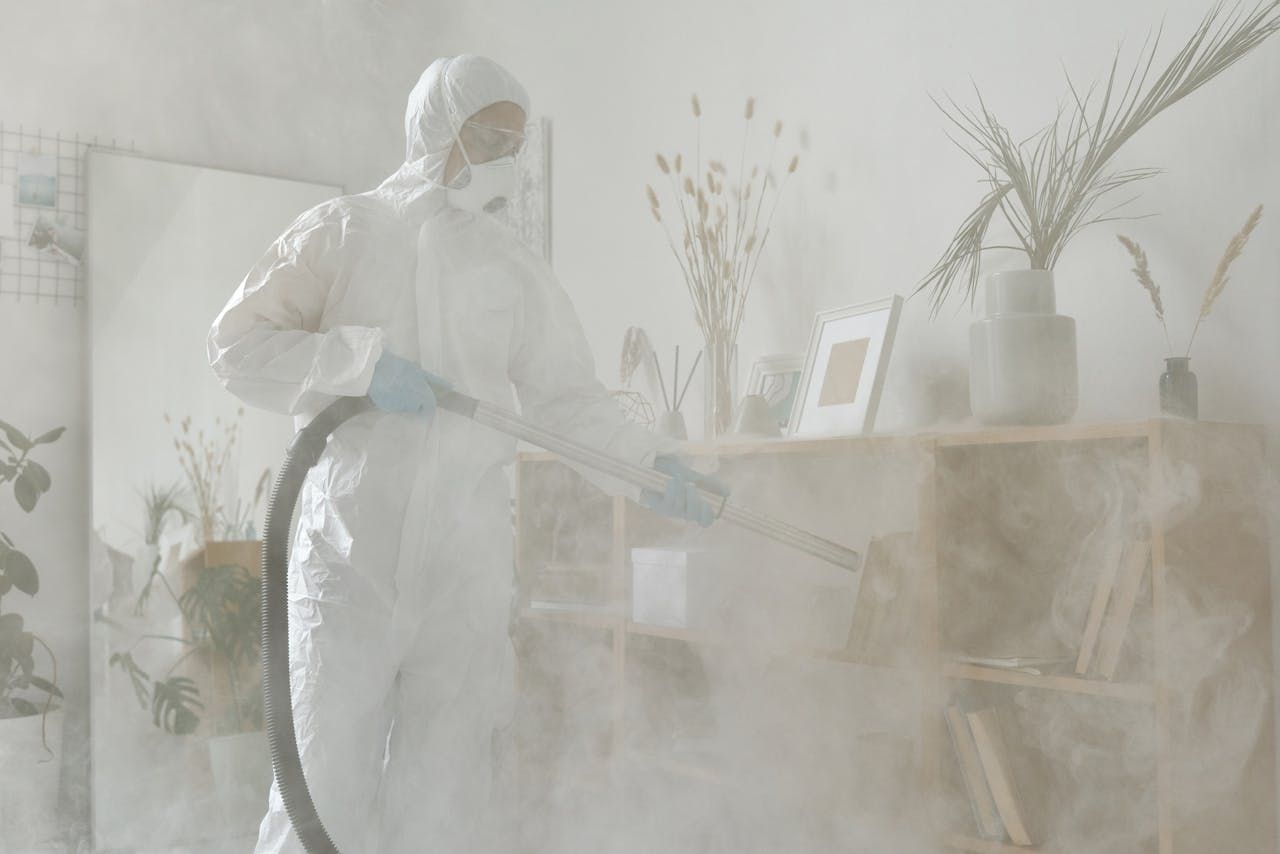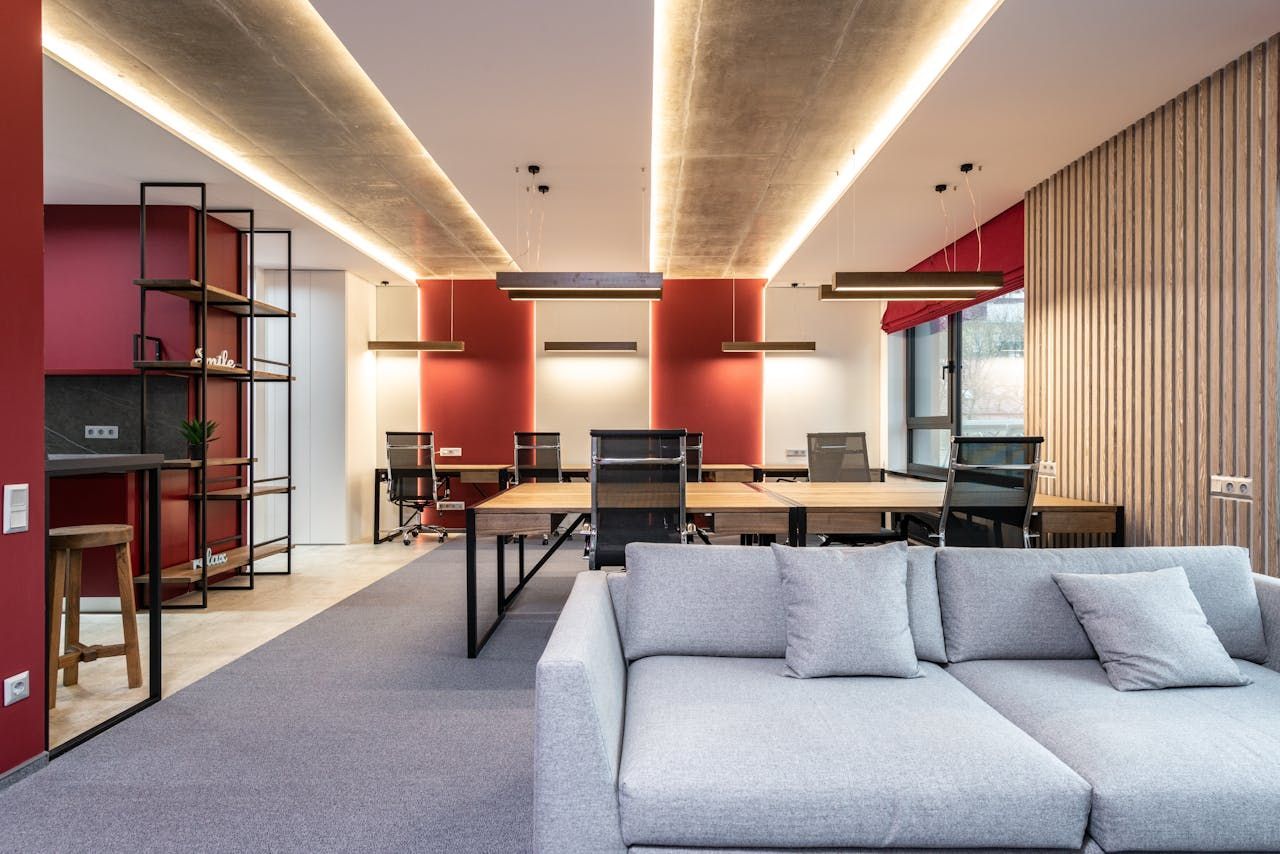Preventing Tech Germs: Keeping Shared Devices Clean
Workplaces can be hotbeds for bugs - colds, stomach viruses, and worse. People in close confines tend to spread germs, but did you know that your office tech could be making things worse?
A report has revealed that sickness absence rates have
increased 55% nationally since 2019. Employees were absent for an average of 7.8 days over the past year, a significant increase from the pre-pandemic rate of 5.8 days.
So, how can you keep your staff healthy and safe in an office environment? Here are some of our cleaning tips…
The Germy Truth About Shared Devices
Shared devices like printers, keyboards, and mice (not the pest kind, but if you do have those, we can help) are known breeding grounds for germs and bacteria.
In fact, bacteria found on keyboards, mice, and phones can have up to 20,000 times more bacteria than a toilet seat! This is because people habitually eat at their desks, rarely find time to clean their devices, and continuously touch them throughout the day after coughing, sneezing, using the toilet or making food.
It’s important to be clear that germs spread through touch
can
lead to various illnesses. Any place a person touches can be a potential source of illness-causing bacteria. Just remember your last cold - it was likely caught from touching something contaminated by someone with a cold…
Everything from the latest common cold to a serious respiratory disease could be lurking on your uncleaned keyboards, mice and phones.
Specific types of bacteria and viruses, such as Staphylococcus aureus, E. coli, and influenza, can thrive on electronics, making shared devices a significant health risk in the workplace.
The Hidden Costs of Dirty Tech
The impact of illness on a business is substantial. A workforce is the lifeblood of a company, ensuring projects are completed, deadlines are met, and plans are made for the future. With members of your team calling in sick maybe once or twice every few months, you’re essentially understaffed all year round.
That’s not to mention the staff who contract illnesses but still come to work - these diligent souls likely have lower productivity levels and not be able to function as efficiently as they need to (and they’re probably passing their germs all around the team, too!).
Dirty shared devices can contribute to this spread of illness in the workplace, leading to increased sick leave and jobs simply not getting done on time or to the correct standard.
This directly impacts your company’s finances, as your team is unable to deliver what your customers and clients require.
These financial costs have a significant impact, but your staff suffer too. Staff morale and employee well-being are negatively impacted when illness is rampant in the office, making them feel uncared for, unprotected and unsupported.
So what can you do to prevent the spread of illness through shared devices?
Cleaning Tips for Shared Devices
Regular cleaning of your shared devices is a must, but knowing how to do it properly is equally important. Here’s what you can do for the most common office appliances that are germ breeding grounds…
Keyboards
- Unplug or turn off the keyboard.
- Use compressed air to remove debris between keys.
- Wipe down with a disinfectant or antibacterial wipe.
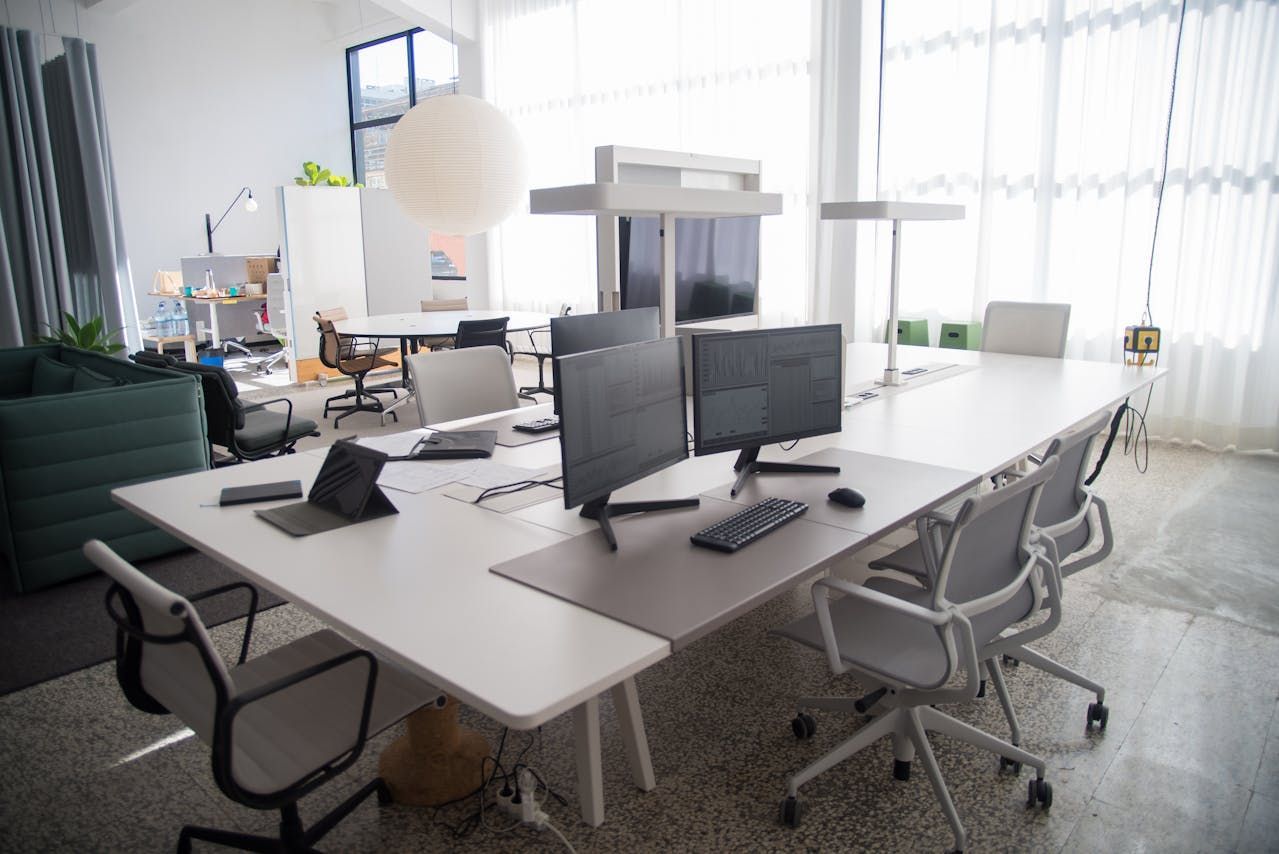
Mice
- Unplug or turn off the mouse.
- Wipe down with a disinfectant or antibacterial wipe
- Pay special attention to the scroll wheel and buttons.
Phones and Tablets
- Power off the device and unplug it from a charger.
- Use a microfibre cloth dampened with a 70% isopropyl alcohol solution to wipe the screen and body.
- Avoid using harsh chemicals or abrasive materials.
Other Shared Devices (e.g., printers, photocopiers)
- Wipe screens with microfibre and buttons with anti-bac wipe
- Wipe print tray, paper tray - anywhere you touch!
Don’t forget areas around your tech -
- chargers - wipe the cable and socket.
- Surfaces - look for the places that people lean while waiting for print to come out, the kettle to boil - those need a wipe too!
- Sockets - carefully wipe any switches.
Beyond Cleaning: Additional Tips for Tech Hygiene
Calling in professional commercial cleaners
is the obvious way to kill these germs. But don’t stop at basic cleaning schedules; that still puts you at risk. Consider implementing clear hygiene protocols in your office.
Handwashing
Encourage and put up signage for employees to wash their hands regularly in the day, particularly after using the toilet, making food, coughing or sneezing etc. You can make this simpler by providing hand sanitisation points around the office.
Clean high-touch points
Put in place protocols for cleaning areas that get touched frequently every day by multiple people. This includes handles, light switches, kettles, microwaves, coffee machines and fridges.
Personal headsets
Ideally, each team member should have a personal headset to avoid sharing.
Work from home
Offer work from home for those staff who are well enough to work, but have a cold or spreadable illness. This can keep people working when they’re able while preventing the fast spread of illnesses.
Getting Proactive About Keeping Shared Devices Germ-Free
By taking proactive steps to keep shared devices clean, you can create a healthier and more productive workplace. If you’d like to spend your time on your own tasks rather than cleaning every day,
request a quote
from our office cleaning professionals here at LNC Services. So you can focus on what’s important while we take care of the germs.
